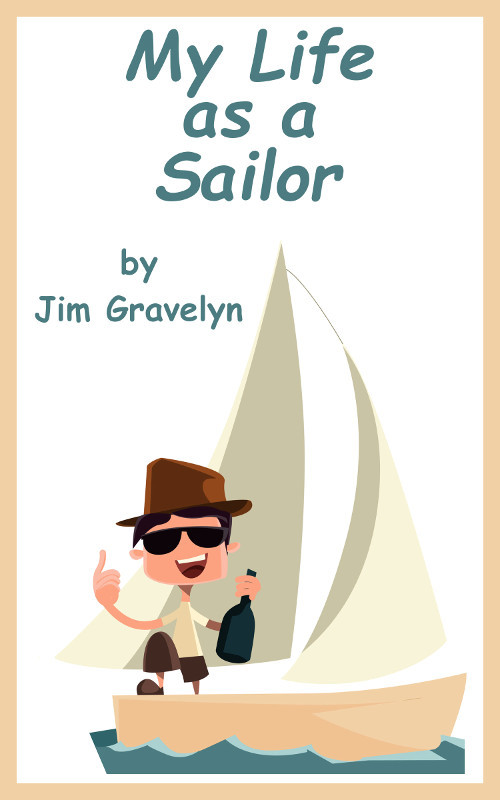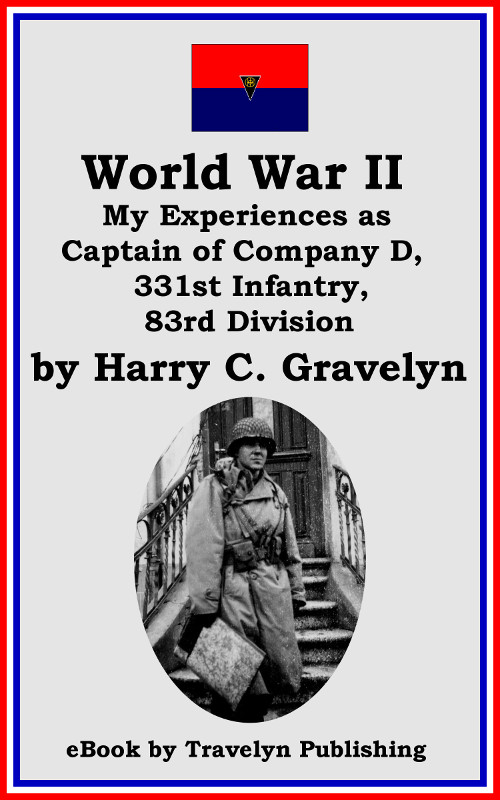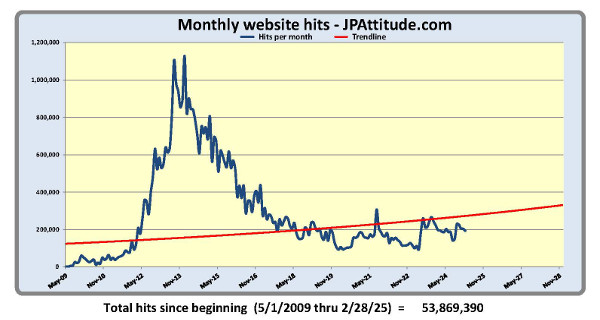What happened to my telephone?
August 16, 2011
 Every morning, the hair on the top-left-back of my head comes out of the shower sticking straight out. There doesn’t seem to be any cure for this problem short of dynamite or Super Glue and it gets worse every year so what I see in the mirror is a clump of hair shaped like a big arrow pointing at my head with flashing neon letters that say, “OLD GUY!”
Every morning, the hair on the top-left-back of my head comes out of the shower sticking straight out. There doesn’t seem to be any cure for this problem short of dynamite or Super Glue and it gets worse every year so what I see in the mirror is a clump of hair shaped like a big arrow pointing at my head with flashing neon letters that say, “OLD GUY!”Can’t help it, that’s what I see.
My encroaching area of cowlick looks like crabgrass and since I get crabbier every year that might be a good way to describe it. The crabgrass isn’t the only sign that I might possibly be a tiny bit past the absolute peak of my prime. I’m also noticing a festering technophobia, centered around a growing list of communication devices for which I can find no discernable worthwhile purpose: smartphones, Twitter, Facebook, IPads, Blackberries, email-capable eReaders—it’s like we’re accumulating more and more ways to say “LOL” and “WTF?” while losing more and more ability to express intelligent thoughts to each other.
Anyway, I bought a new cellphone this week and I’m so frustrated with the doggone thing I can practically hear the crabgrass shooting out of the top-left-back of my head.
The American telephone system used to be the envy of the world—plenty of bandwidth, good sound quality, excellent service and dependability, you name it. The phones even worked when the electricity was out which was always a mystery to me. No matter where you were, even in rural areas (thanks to the 1949 extension of the Rural Electrification Act), you could pick up a telephone and talk to anybody else and hear them clear as a—well, clear as a bell, as in Bell Telephone, the company which was only a gnat’s hair from having a monopoly on the whole business.
Now, many of us—27% as of 2010 and that includes me—have abandoned landlines completely and switched to cellphones full time, another 65% of us own cellphones and use them at least part of the time, and the overall result is a miserable lack of quality communication. We endure an endless succession of crappy cellphone calls with spotty or nonexistent connections in which we take turns saying, “What? What? Say that again!” mostly because whenever both people happen to talk at the same time they can’t hear each other.
It’s called “duplex” communication when both people can talk at once. That’s what we used to have. Landline telephones allow duplex communication and the cellphone companies claim they do, too, but I don’t believe it. Cellphones are digital beasts, not analog, and they try to mimic duplex by scanning your cellphone’s output hundreds of times per second to see if you’re speaking, and if you are they do their doggone best to squeeze you into the break between the other person’s words but it doesn’t work worth a crap. Listen to Rush Limbaugh for a while and notice how often you hear him trying to interrupt a cellphone caller, and failing.
And if a person with a cellphone starts using the speakerphone feature, just forget about communicating. It’s hopeless at that point. You might as well be using those Hasbro walkie-talkies Mom and Dad gave you for Christmas when you were ten years old. Two soup cans attached by a string work better than cellphones on speaker.
Cellphones not only refuse to let us interrupt, they also have a tendency to run out of juice in the middle of our conversations, there’s a rumor that they cause brain tumors, and if we talk longer than five minutes the damn things heat up like tiny microwave ovens—which, in case you’re interested, they actually are. Hence the brain tumor issue.
My new Sanyo Zio was acquired to replace the past-its-time Motorola RAZR I’ve been using for the last six years. Even the acquisition part was complicated. I didn’t technically buy it—Sprint gave it to me as some kind of twisted reward for being their long-suffering customer. They told me some cellphones were free, others were discounted, and others were so valuable and desirable that only billionaires and teenagers can afford to possess them. It’s confusing, because they all seem to have the same features. My shopping methodology boiled down to walking around the Sprint store saying, “Hey, that one’s good looking and I like the color, is it free?”
Which is remarkably similar to my college dating methodology, now that I think about it.
I liked my RAZR. It was red, for one thing, which for most of those six years matched the color of my car. Driving around in a red Camaro convertible, talking on my red cellphone, and wearing a red shirt and some red socks, I could really make a fashion statement. Plus, my RAZR had actual buttons to push when you wanted to dial a number—like a telephone—instead of this convoluted touch screen on my new phone that requires me to muster up something called “capacitance” in my fingertip, a requirement to which I am sometimes resistant. (Heh heh—that’s a techno-pun. Get it?)
The capacitance issue was the first problem I encountered with the new phone. For some reason, touch screens don’t always feel my touch. I’ve lived with this problem for years, avoiding touch screen ATMs and touch screen slot machines in casinos and never making love in the dark. On top of my puzzling lack of capacitance, when I started entering names into the contact list I discovered that my finger is bigger than the letters on the touch screen typepad. And by bigger I mean way bigger. My index finger touches three or four letters at once. The phone does a valiant job trying to guess which letter I was aiming for but, nevertheless, five minutes out of the box I was swearing at the phone like a sailor because of all the typos. The names in my contact list will never be right. I finally gave up trying to be perfect. My brother Bob is “Bov,” my mom is “Mm” because the backspace is next to the “m” key so I kept missing the second “m” and erasing the “o,” and my dad is, unfortunately, “Sad,” because the “d” is nestled tightly between the “s” and the “f” and very hard for me to hit.
Good thing I don’t know anybody named Duck.
After an angry half hour entering names into my contact list, I received my first phone call—and could not figure out how to answer it. The phone kept ringing no matter how hard I poked at the little green flashing telephone. I figured it was a capacitance issue and spent 24 hours unable to answer calls before someone at work showed me that instead of poking the little green telephone I’m supposed to drag the caller identification to the little green telephone. That’s how you answer a call.
Good grief. Nothing like being the laughing stock of the whole office building.
Another feature that I love: if I inadvertently tilt my wrist ever-so-slightly, the screen changes from portrait to landscape view and I can’t read a thing unless I tilt my head sideways. Fixing the display involves trying to trick the bloomin’ thing by turning the cellphone sideways for a few seconds and then abruptly tilting it back upright. Of course my head tilts back and forth along with the phone and I can only imagine how it all looks to people watching. Like I’m crazy, probably.
The office was making fun of me mercilessly until they heard about Glenda, who got a new cellphone at the same time I did. She grew so frustrated trying to operate hers that she called the Sprint helpline for assistance. The Sprint helper kept telling her to touch the image of the telephone and Glenda kept saying there was no image of a telephone. They went round and round for five or ten minutes, with the Sprint expert telling her exactly where the image was supposed to be and Glenda repeating that it wasn’t there until, finally, after a long frustrated pause full of unspoken thoughts, the Sprint expert said, “Glenda, is the cellphone on?”
It wasn’t.
After I spread that story around, people stopped laughing at me.
I don’t know why they make these things so complicated. They browse the Internet and give you GPS directions. They’re alarm clocks and cameras. They record video and sound, send text messages, play music, deliver emails, and probably do hundreds of things I don’t know about yet. They do everything except make quality telephone calls. The actual telephone aspect of my new Zio is worse than my six-year-old RAZR and neither one of them holds a candle to the landline telephones invented a century ago. The sad fact is, my grandfather who died in 1955 had a better telephone than I do in the 21st century.
I miss the good old days when telephones were telephones and you could hold a conversation with anybody in the country and hear every word clear as a bell, and interrupt them to your heart’s content.
Oh, and nobody could reach you on the golf course.
From Reno, Nevada, USA Tweet
August 16, 2011 - JP - great column; I have the cheapest cellphone I can get with the cheapest rate I can get and still have trouble making the damn thing work. What I find funny is that you're denouncing the capitalist system. Europe has tightly regulated cellphones and none of these problems. Oh well. By the way, with all the red, you aren't a crypto commie are you? Just joking buddy... - Godofredus, Chicago
August 16, 2011 - Good one, JP. I am LMAO. With all that's going on, it is refreshing to read something humorous for a change. Keep it up! - Trying to get out of Reno
August 16, 2011 - Kids now have no idea what phone conversations used to be like, and it's a shame. When my husband and I were dating, when he was off at college and I was still in high school, we would have long delicious phone calls where you could hear every single breath of the other person. Sometimes in fact that was enough, just to hear him breathe. Sometimes I would listen as his breathing slowly changed as he fell asleep, and then I would hear the phone thump on the floor, and I felt as close to him at those moments as I did when he was right next to me. - Florida retiree
August 16, 2011 - Good one, JP. I am LMAO. With all that's going on, it is refreshing to read something humorous for a change. Keep it up! - Trying to get out of Reno
August 16, 2011 - Kids now have no idea what phone conversations used to be like, and it's a shame. When my husband and I were dating, when he was off at college and I was still in high school, we would have long delicious phone calls where you could hear every single breath of the other person. Sometimes in fact that was enough, just to hear him breathe. Sometimes I would listen as his breathing slowly changed as he fell asleep, and then I would hear the phone thump on the floor, and I felt as close to him at those moments as I did when he was right next to me. - Florida retiree













